Our Hair, Our History
Braids have been a staple in the Black community for centuries. Our connection to Braids began in Northern Africa dating back to 3,500 BC. Our ancestors fashioned their hair with these intricately woven patterns for various reasons.
One such reason was identity. Different tribes had uniquely patterned braids which helped differentiate between the thousands of tribes around at the time. Braids were also used to identify people of wealth and power. Different patterns signified different markers such as age and marital status.
Elders would pass on the tribe’s traditional braids by braiding it on younger members, who would then attempt it on each other. These moments would serve as an opportunity to socialize, bond and learn. The young would eventually become the elders, and they too would pass down the tradition to the next generation. Hair styles worn today are a result of thousands of years of these griots. Here’s a brief history of a few of these styles:
Locs
Locs are often associated with 20th century Jamaican and Rastafarian culture. According to Dr. Bert Ashe’s book, Twisted: My Dreadlock Chronicles, one of the earliest known recordings of the style was found in Hindu Vedic scriptures. In its Indian origins the “jaTaa”– “wearing twisted locks of hair” –was a hairstyle worn by many of the figures written about 2,500 years ago.
In the 1920s, Jamaica born Marcus Garvey began a black nationalist movement in America to spread his belief that all black people should return to their rightful homeland of Africa. Although many associate dreadlocks like Bob Marley’s with what became known as the Rastafari movement, the Ethiopian emperor it was named after was better known for his facial hair than the hair on his head!
Braids
Braiding started with the Himba people of Namibia. It is now a staple in Black culture and lifestyle. Braids were once used to define identity. They are a social art, oftentimes facilitating a bond between two or more parties during their installation. The popularity of braids allows us to truly appreciate how black people from around the world have made it their own.
Nigerian housewives in polygamous relationships created the style known as kohin-sorogun, meaning “turn your back to the jealous rival wife.” From behind, it had a pattern that was meant to taunt their husbands’ other wives.
If a young Senegalese Wolof girl was not of marrying age, she would have to shave her head. Men of marrying age in this tribe would braid their hair to show preparation for war (and thus the preparation for death). Both were markers of marital status, and were indicators of one's role in society.
Bantu Knots
Bantu Knots were originated by the Zulu people of South Africa. This is why they are also known as Zulu Knots. The name Bantu is a colonial term that groups upwards of 700 ethno-groups. The word Bantu stems from the term “abantu”, meaning people. They have been around for over 100 years, and they are still popular today. Bantu knots have become a quick go to style for short mornings and an overnight wear for those looking to have defined curls in the morning.
Cornrows
Cornrows were named for their visual similarity to cornfields. They have existed well before then. Cornrows date back to 3000 B.C. the latest. Africans wore these tight braids laid along the scalp as a representation of agriculture, order and a civilized way of life. They have served many purposes, from an everyday convenience to a more elaborate adornment meant for special occasions. Cornrows serve as a base for a lot of protective hairstyles. They are a good way to keep one's hair manageable without a great deal of manipulation.
In the age of colonialism, slaves wore cornrows not only as an homage to where they had come from, but also a practical way to wear one’s hair during long labored hours. Hair also played a role in the way enslaved workers were treated; if the texture and kink of one’s hair more closely resembled European hair, they would receive better treatment.
Passion Twists
One of the new styles being added to our hair’s history are Passion Twists. Though it is young, it has become one of the most popular styles of our current lifetime. Passion twists were originated by hair stylist and instagram model Kailyn Rogers. She created the style apparently as a natural, easy way to maintain your hair while. God gave her the idea: One day she took a trip to the hair store, got the materials and tried doing it on herself. She liked the outcome and then in January 2018, she posted to her instagram page. After receiving many requests for a tutorial, she posted one on her youtube channel and thus the trend began!
Have you tried any of these styles? let us know which are your favorites in the comments!
Curl Cupid™ Hair Quiz
The Glimmer 411 team created the Curl Cupid™ Hair Quiz to make curly and coily hair care simpler for people like you.
Take the Hair Quiz today to receive a custom hair report with in-depth details on how to take better care of your curls!
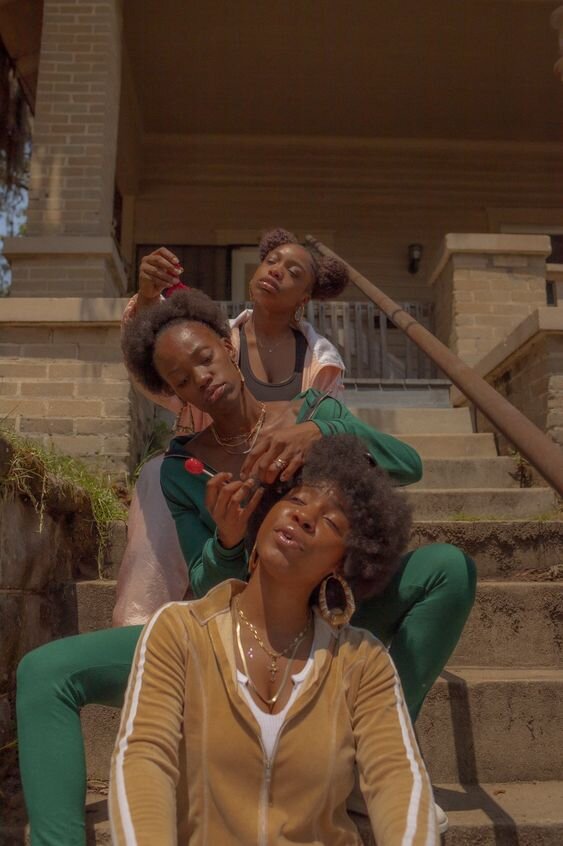
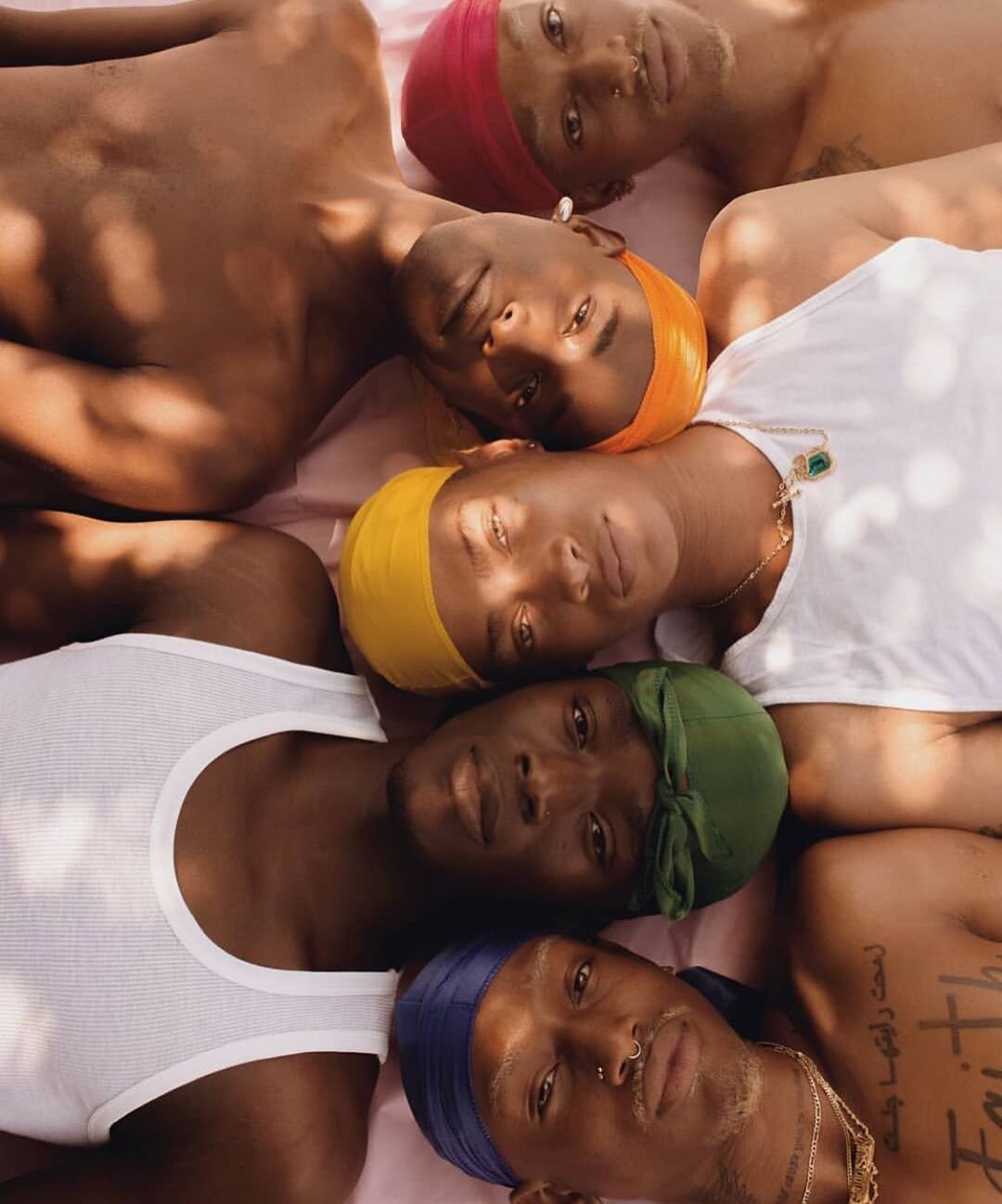
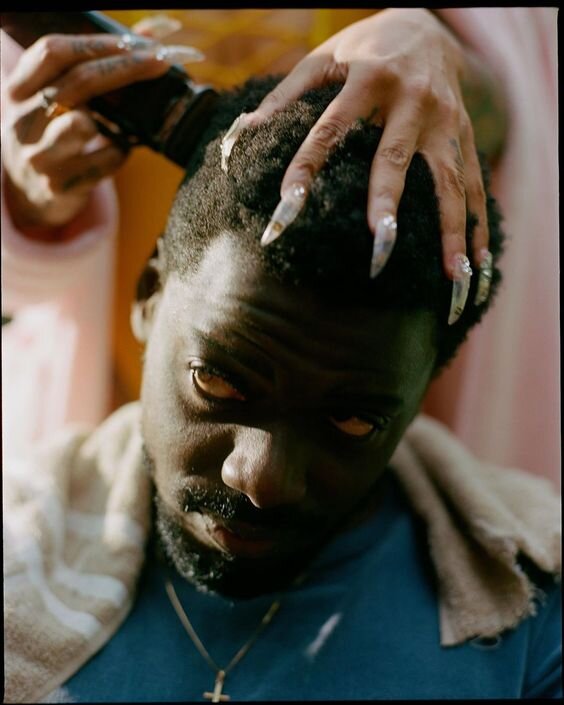
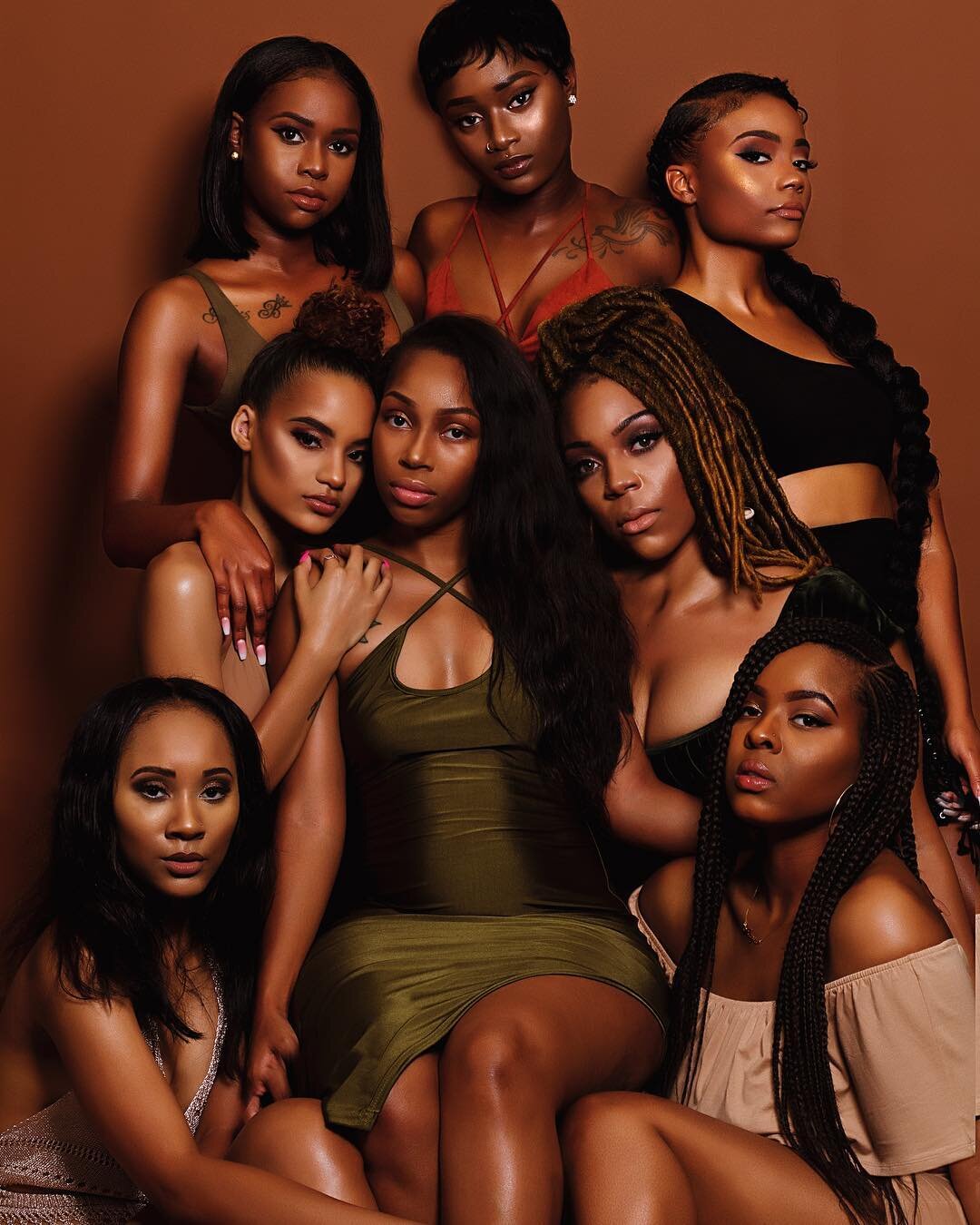
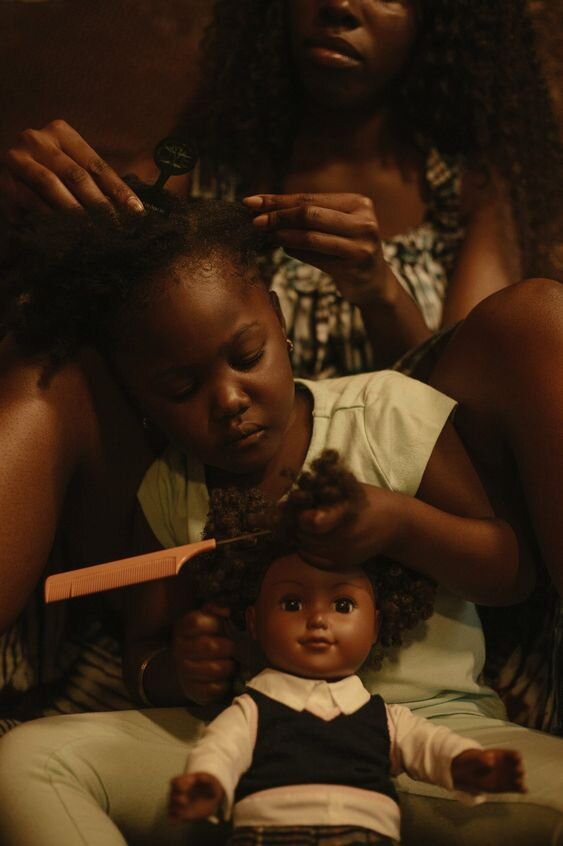
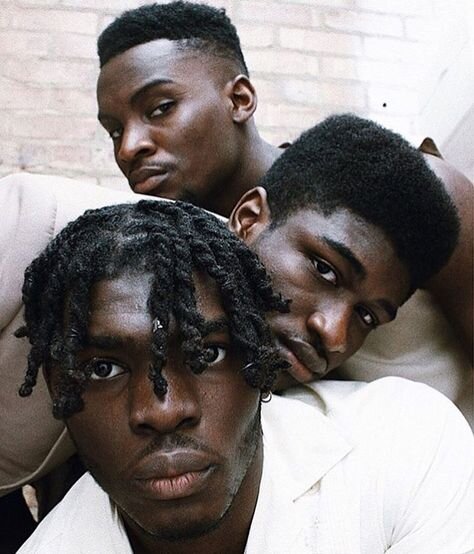


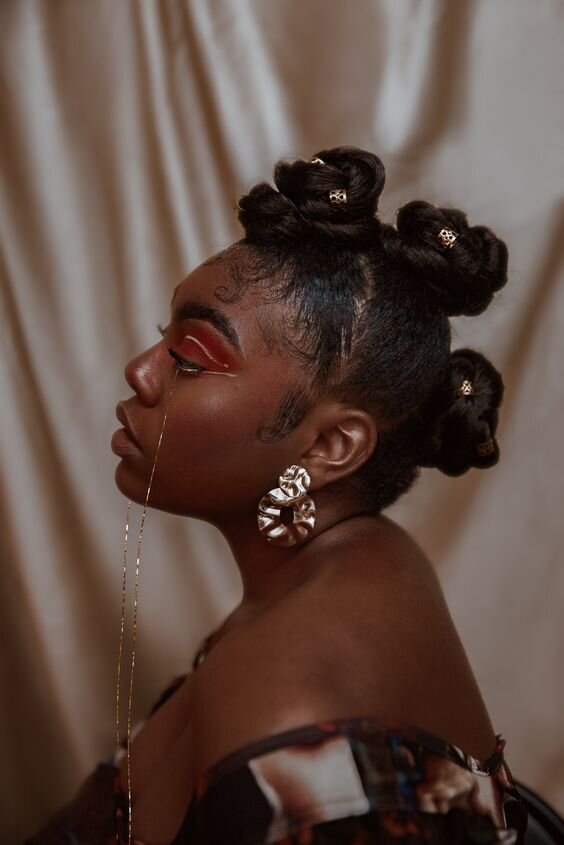









![At Glimmer 411, our values are the heart of everything we do. Because YOU [our customers] are the top priority, we want to share them with you!
First up is ✨ INTEGRITY ✨ Swipe to find out more on how we plan to act on this value ➡️
—⠀
#G41](https://images.squarespace-cdn.com/content/v1/5c716cc590f9045c858a9fa6/1615484483997-5XKMEBQLCF4Q3TKP7KFI/image-asset.jpeg)